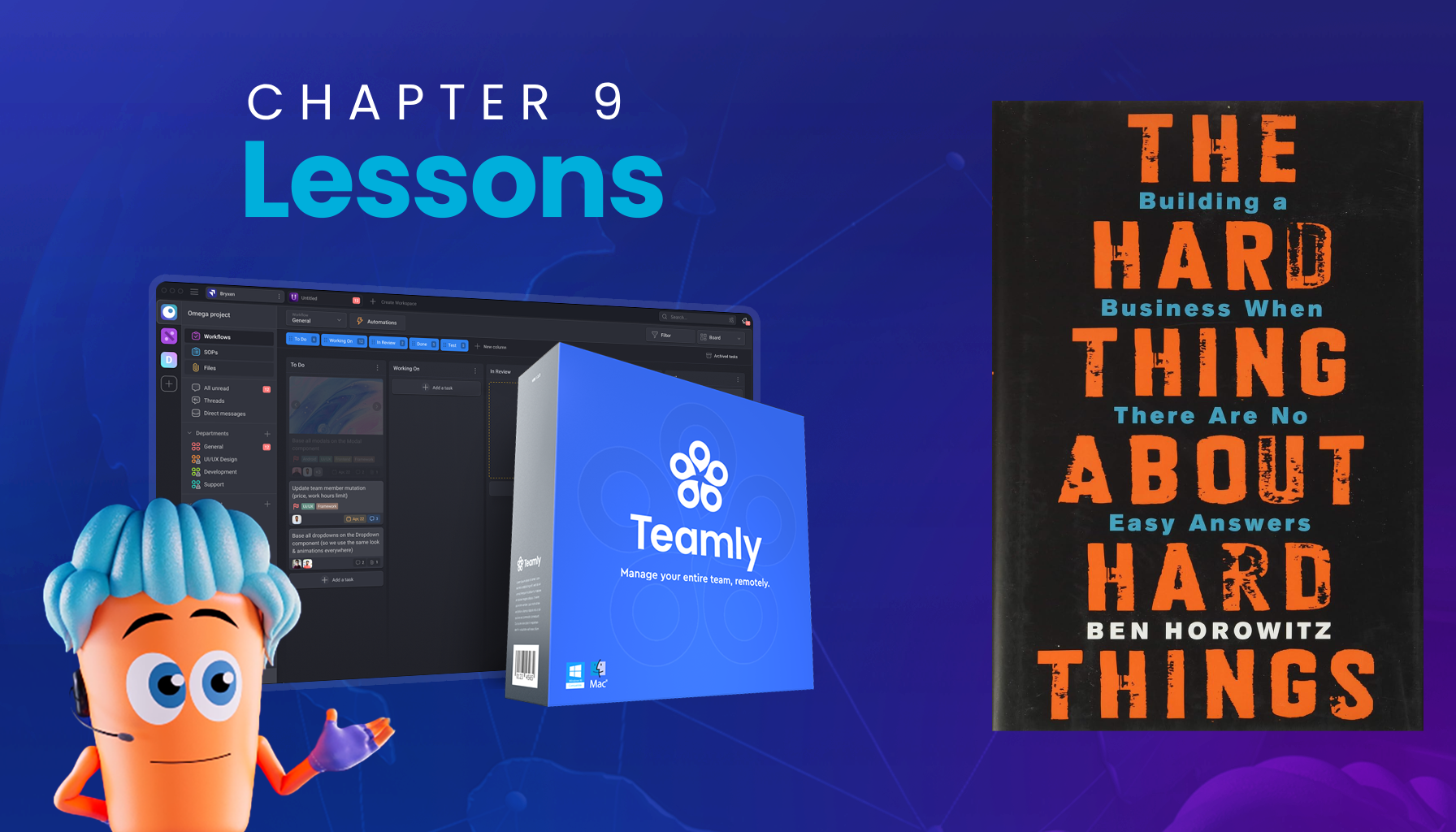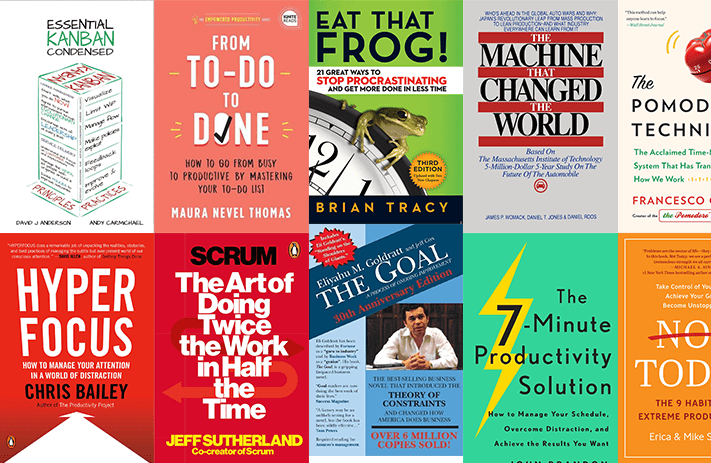
Click the button to start reading
Lessons from “The Hard Thing About Hard Things” by Ben Horowitz – Chapter 9
Let’s dive into some key lessons from Chapter 9, where Horowitz provides a roadmap for navigating the chaos of being a founder, from dealing with doubt to managing teams and finding your own leadership style.
Along the way, he shares his personal journey and some bold decisions he made after selling his company, Opsware, and starting one of Silicon Valley’s most influential venture capital firms.
Facing the Future with Uncertainty
After Horowitz sold Opsware, he found himself in unfamiliar territory. What was next? Should he start another company? Should he retire?
These questions are ones many entrepreneurs face after a major success or failure.
The reflection on the past and the uncertainty about the future are common themes, but they aren’t often discussed openly. As Horowitz suggests, these are the moments when doubt can creep in and shake even the most confident of leaders.

The key takeaway here is that doubt is a natural part of the entrepreneurial process.
Entrepreneurs tend to struggle with whether they are on the right path, especially after big transitions. But as Horowitz points out, the only way forward is through.
In uncertain times, it’s important to reflect on past experiences, gather lessons, and prepare for new challenges. And if you’re in a position where you’re doubting what’s next, remember that even the best in the business have been there.
The Realities of Founding a Venture Capital Firm
Starting a venture capital firm isn’t something many people can do successfully, but Horowitz and his partner Marc Andreessen knew they needed to build something different.
Their goal was simple: to create a firm that helped technical founders run their own companies.
The existing venture capital firms of the day were built to replace founders with professional CEOs, but Horowitz and Andreessen believed technical founders were the best people to run their companies, despite any skill gaps.

What Horowitz and Andreessen did was model their venture capital firm after Michael Ovitz’s Creative Artists Agency (CAA), which completely revolutionized Hollywood’s talent representation. Ovitz’s agency created a collaborative environment where talent agents shared networks and resources instead of working independently.
This collaborative approach made CAA a powerhouse in Hollywood, and it’s exactly what Horowitz and Andreessen sought to replicate in Silicon Valley.
Building Networks for Success
Horowitz outlines how building Andreessen Horowitz involved more than just funding companies.
They created strategic networks in five critical areas: large companies, executives, engineers, press and analysts, and investors. These networks became essential for helping startups succeed.

Why is this important? Because scaling a business requires more than just good ideas. It requires support in finding talent, creating connections, and getting the right kind of exposure.
Founders often need help identifying what their company needs, and these networks are critical in providing that.
This is something modern businesses can apply today, even if they’re not venture capitalists.
Tools like Teamly make it easier for companies to manage their operations and scale by providing a centralized platform for collaboration, task management, and productivity.
By creating systems that help your team connect with the right people and resources, you can unlock new opportunities for growth.
Embracing the Struggle
One of the most powerful insights from this chapter is Horowitz’s acknowledgment that entrepreneurship is a constant struggle.
He emphasizes that the journey is never easy, and there is no clear path to success. In fact, he quotes Karl Marx, saying, “Life is struggle.” Horowitz encourages entrepreneurs to embrace this reality rather than shy away from it.

It’s easy to look at successful CEOs and believe that they have everything under control. But as Horowitz points out, this is often a facade.
Everyone struggles, especially in leadership roles, and pretending that everything is perfect only adds unnecessary pressure. Instead, leaders should be open about their challenges, reflect on their unique strengths, and rely on their team and networks for support.
Adapting to Leadership
In the final part of the chapter, Horowitz talks about how he had to adapt his leadership style when transitioning from Opsware to Andreessen Horowitz. As a CEO, he felt immense pressure to always appear confident and in control, even when things weren’t going well.
But as a venture capitalist, he had the freedom to embrace his vulnerabilities and speak openly about his struggles.

This lesson is vital for all entrepreneurs: leadership is not about perfection. It’s about authenticity, self-awareness, and continuous learning. Leaders who understand their weaknesses and who are open to feedback can create stronger, more resilient organizations.
Horowitz’s advice is clear: embrace your background, your weirdness, and your struggles. These are the things that will ultimately make you a better leader.
Interested in reading more from Ben Horowitz?
Get your copy of The Hard Thing About Hard Things on Amazon and dive deeper into his hard-earned lessons on entrepreneurship.
















